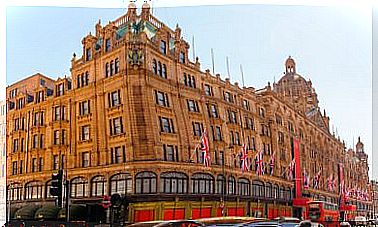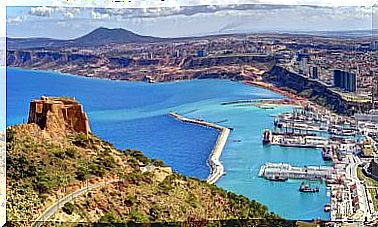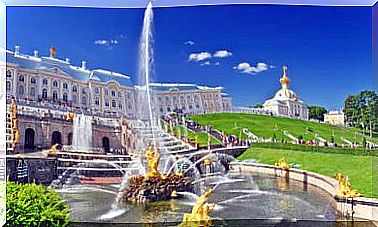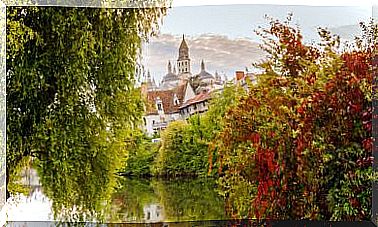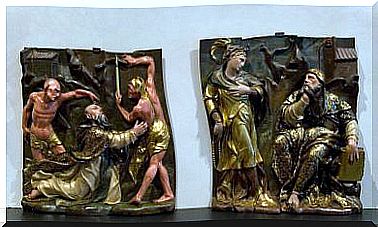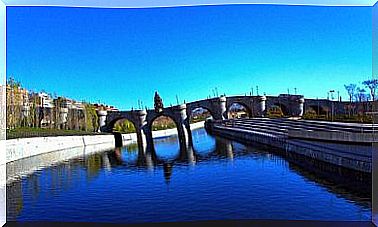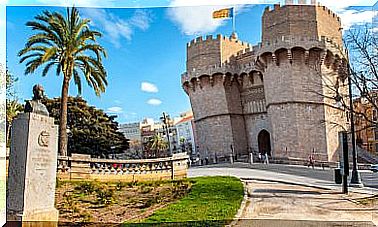A Visit To Molina De Aragón, A Beautiful Town In Guadalajara
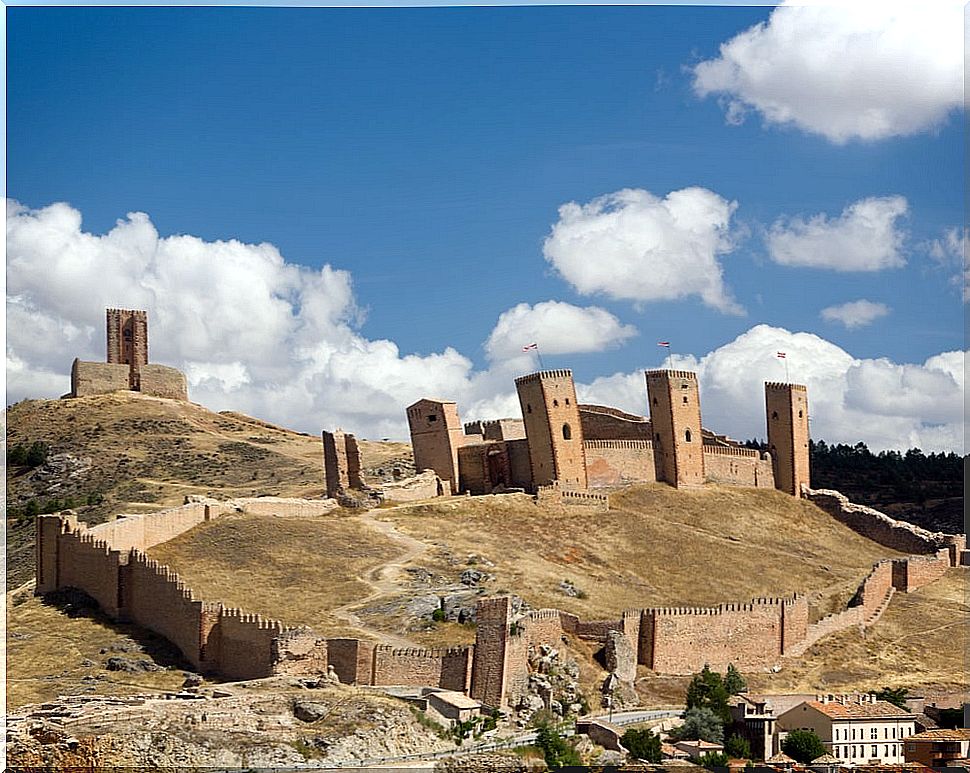
The first thing to know before visiting this beautiful town is that, despite what its name indicates, it is a town belonging to Castilla-La Mancha, in the province of Guadalajara. But its brief past as lands of the Aragonese king and its border character, make that name have survived. And it is that its history and its border condition characterize the current and beautiful town of Molina de Aragón.
The castle of Molina de Aragón
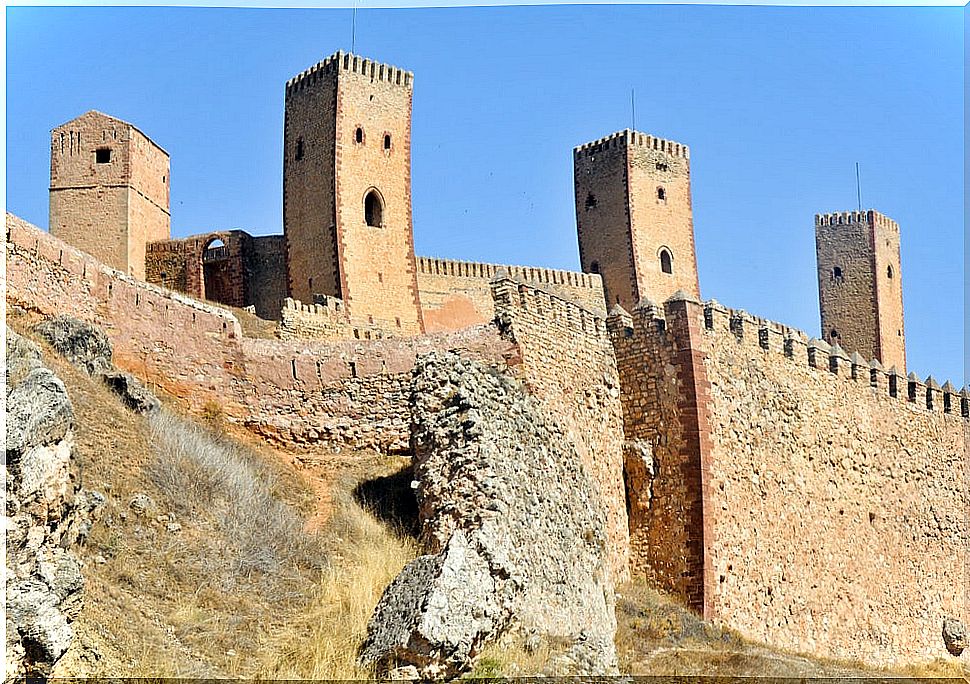
To be more correct, we should say the castle-fortress of Molina de Aragón. And it is that it is a construction originated during the years of Muslim rule in this territory. Although later, with the Reconquest and the development of the Señorío de Molina, the castle acquired truly spectacular proportions. And the truth is that today it is the most emblematic image of the population.
If you visit Molina de Aragón, do not hesitate, enter the medieval fortress through the so-called Puerta del Reloj and reach the impressive Torre de Aragón, at the top of the castle. The journey and the effort are worth it.
The Old Bridge
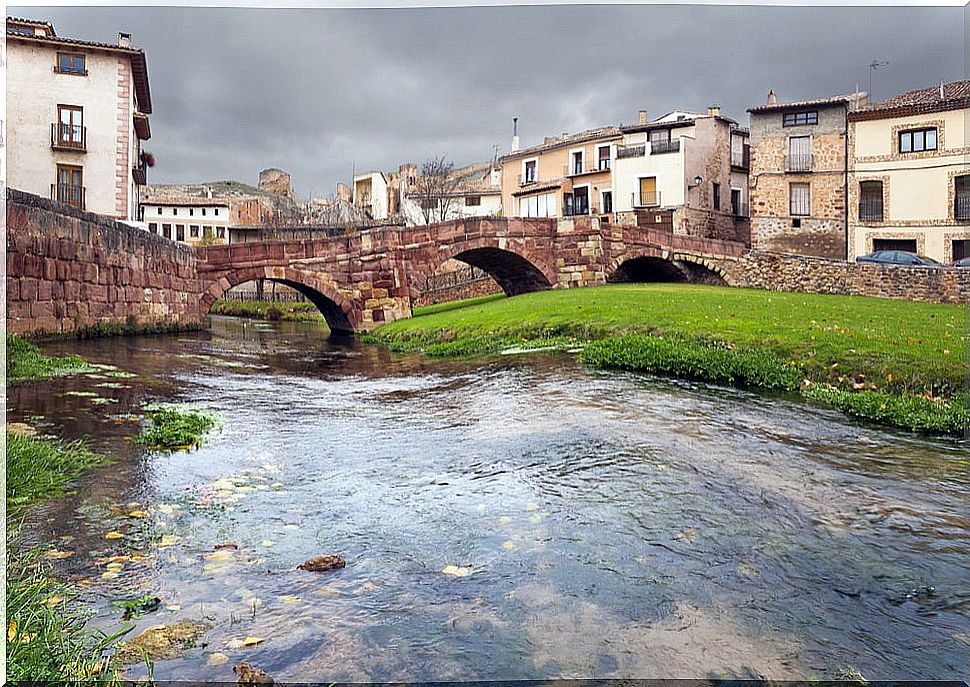
If the castle is the most sought-after sight from the remoteness of Molina de Aragón, when one enters the historic center, one of the places to find is the Old Bridge. A bridge from the Romanesque period that spans the channel of the Gallo river.
It is a beautiful three-eye bridge that linked the old city with the monastery of San Francisco. And you have to cross it yes or yes, since this monastery is a must in Molina.
Monastery of San Francisco
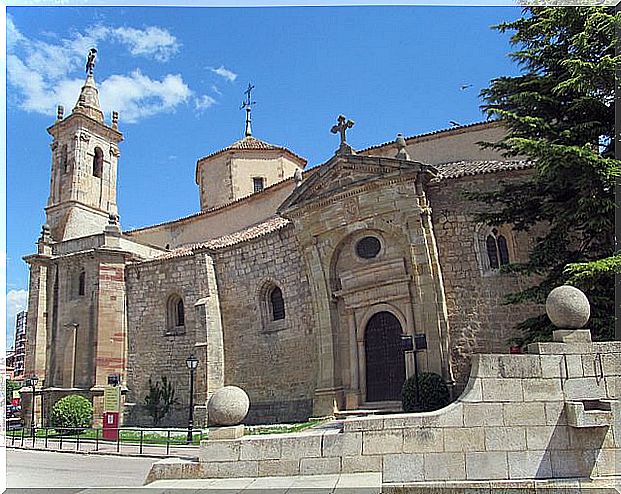
This convent, which today is partially a residence for the elderly, keeps one of the most beloved symbols of the residents of Molina de Aragón. It is the so-called Giraldo de Molina. It is a weather vane in the church in the shape of an archangel with a flag. But in addition to that, several rooms of the historic building have also been transformed into a peculiar regional museum.
The church of Santa Clara and other churches of Molina de Aragón
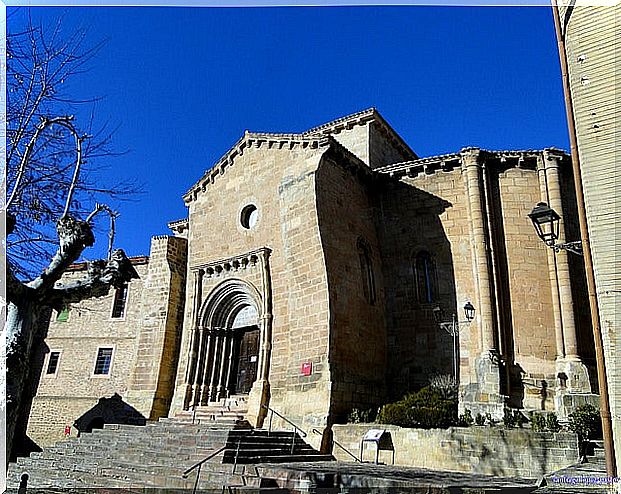
One of the notes that predominates in the historical architecture of Molina is the reddish tone of its stones. It is a red sandstone with which the castle walls and also the oldest buildings were built. Among them , the church of Santa Clara stands out, in a simple Romanesque style.
This is not the only Romanesque temple in the city. The church of San Gil was also built with similar shapes, although it is badly damaged by a devastating fire in the early 20th century. And in the very center of Molina, in its Plaza Mayor, is the church of Santa María del Conde, very transformed but whose origins take us back to the times of the first Lord of Molina.
Palace of the Viceroy of Manila
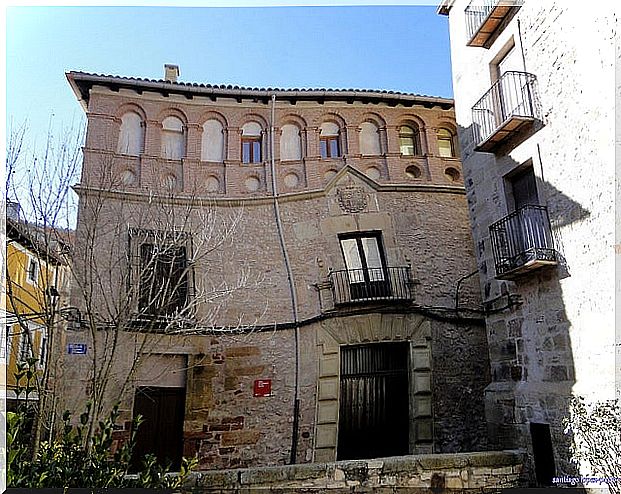
Yes, a palace named after the capital of the Philippines in the cold lands of Guadalajara. Why? Because here lived the governor of that colonial archipelago, who on his return to Spain in 1739 fell in love with a girl from Molina, and there he decided to build that palace, as did many Indians who returned with riches from their adventures in other continents.
But this is not the only palace in Molina de Aragón. It must be taken into account that there was a time of great prosperity in the population, so many nobles decided to settle here and build their mansions. This is why walking through the streets of the town you can also see the palaces of Arias, the Marqués de Villel, Garcés de Marcilla, the Montesoro or the Molina.
In short, that Molina de Aragón is a town with a lot to offer, a corner of Castilla-La Mancha, adjacent to Aragonese lands, where we find a truly dazzling historical-artistic heritage that is worth discovering.
